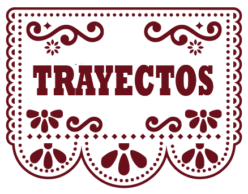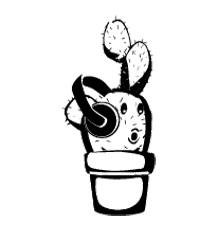 Familias diversas
Familias diversas
En el mundo de hoy hay diferentes tipos de familia. ¿Cómo es tu familia? ¿Es similar a las familias de las fotos? Use the vocabulary in this section and the verb hay to talk about your or someone else’s family. You can also describe one of the families in the photos below.
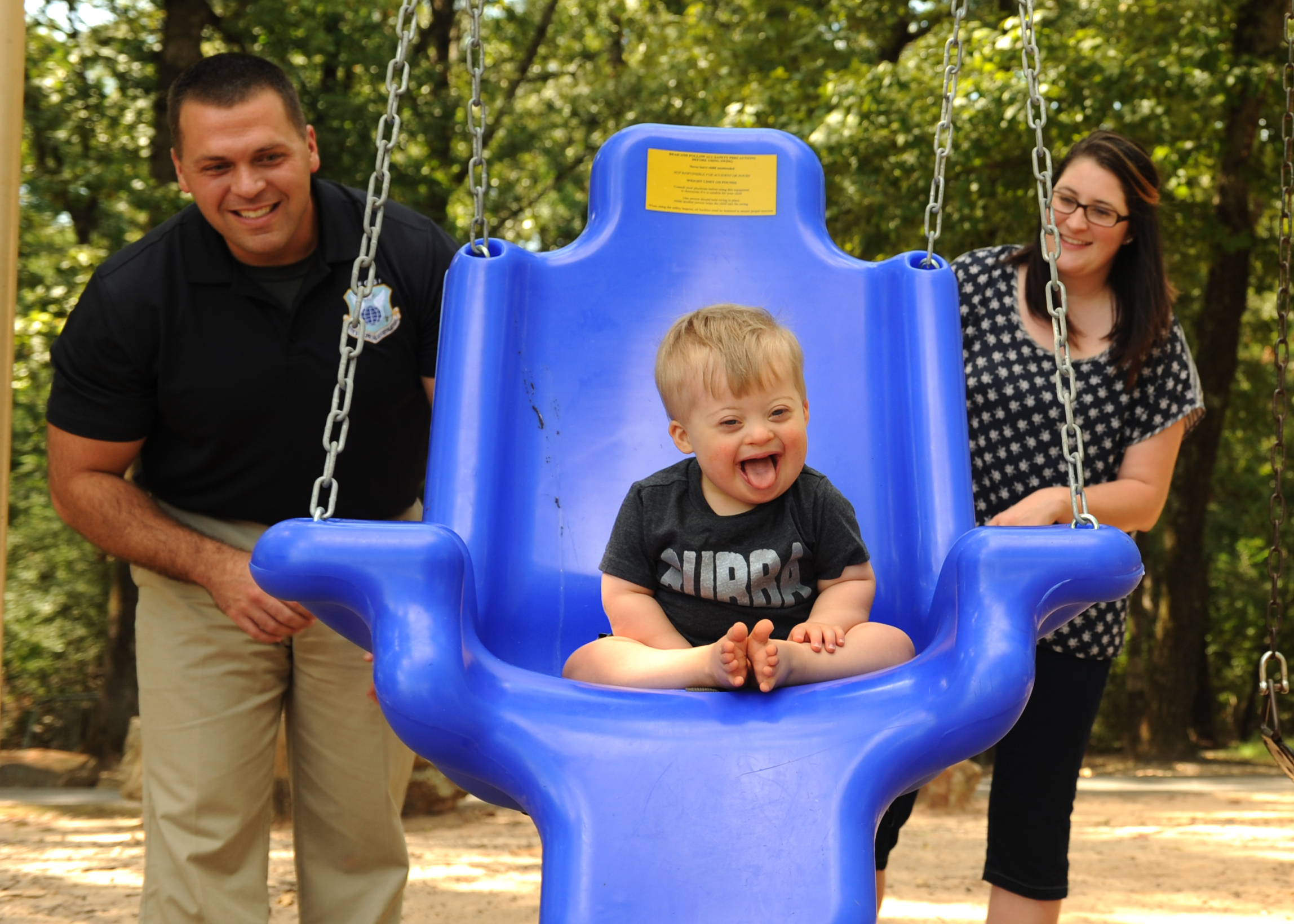
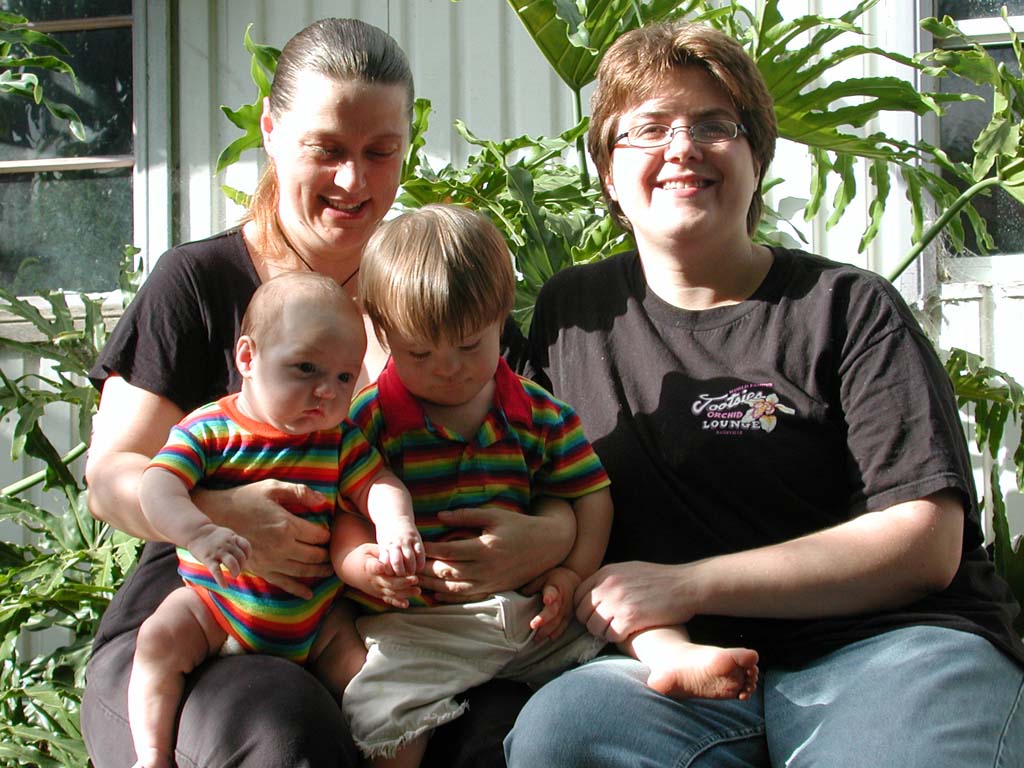
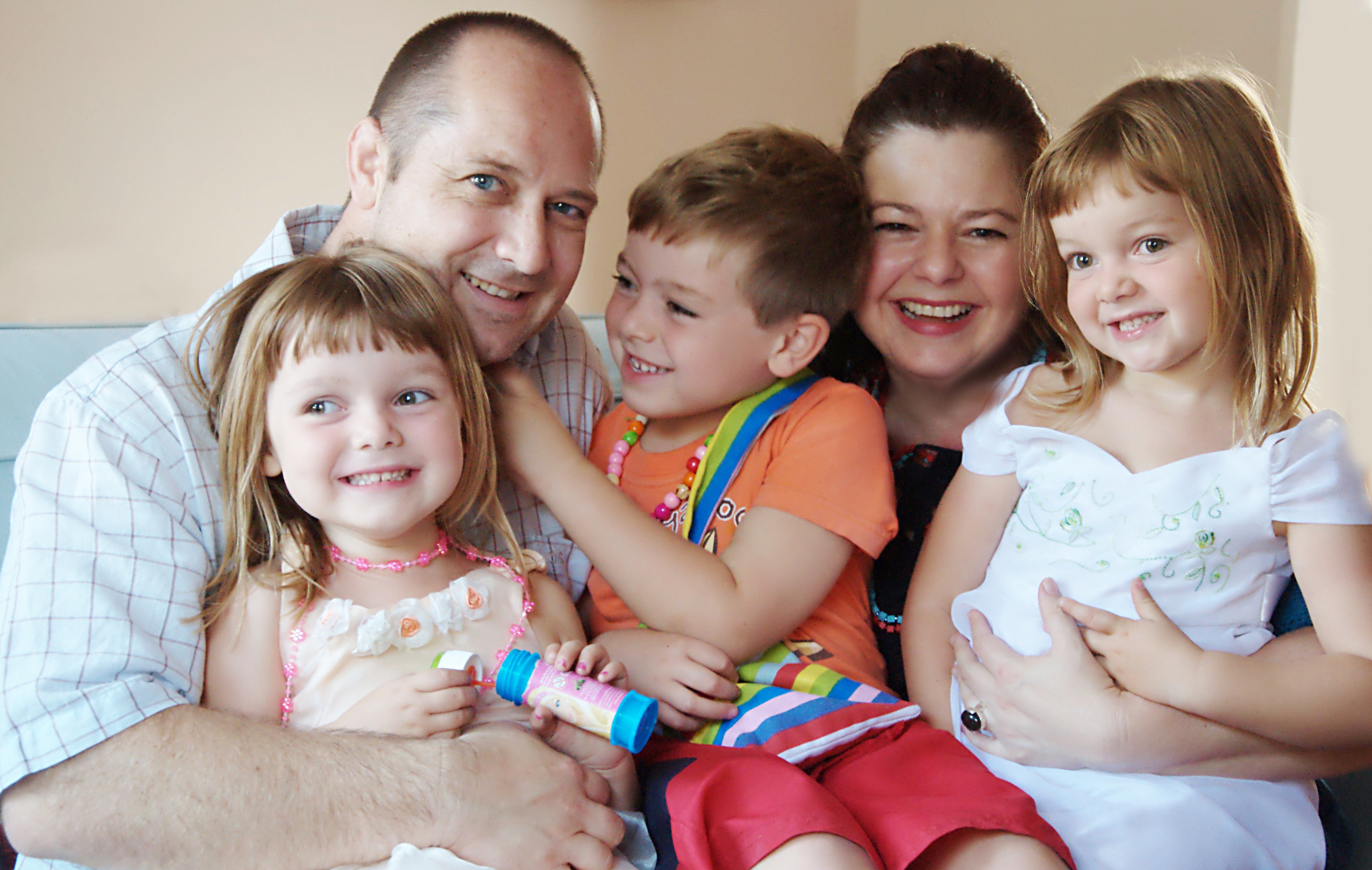
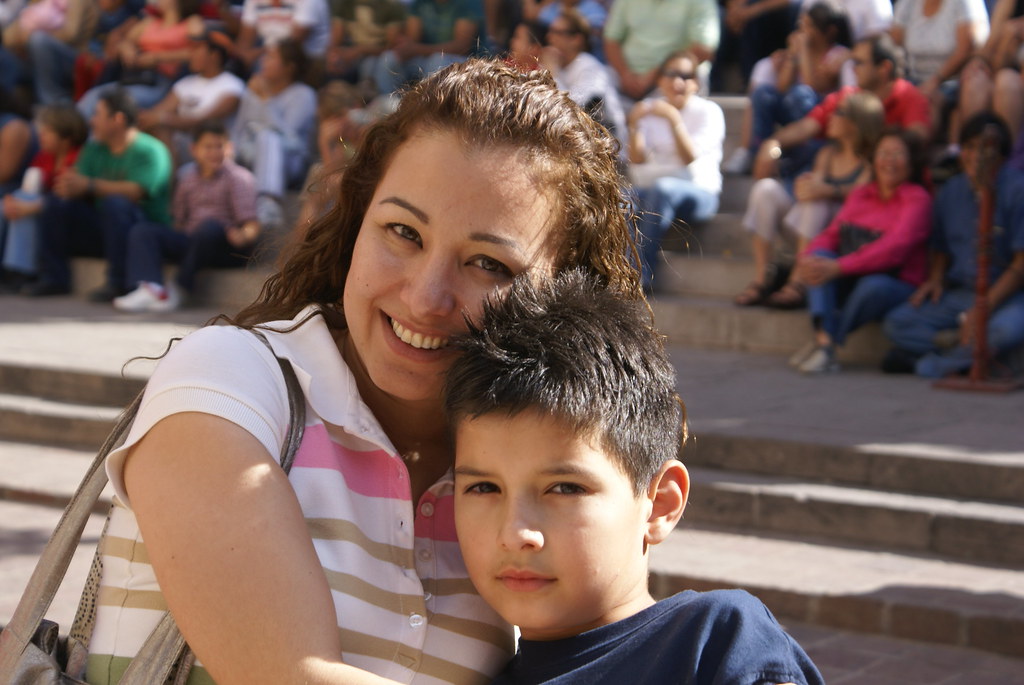
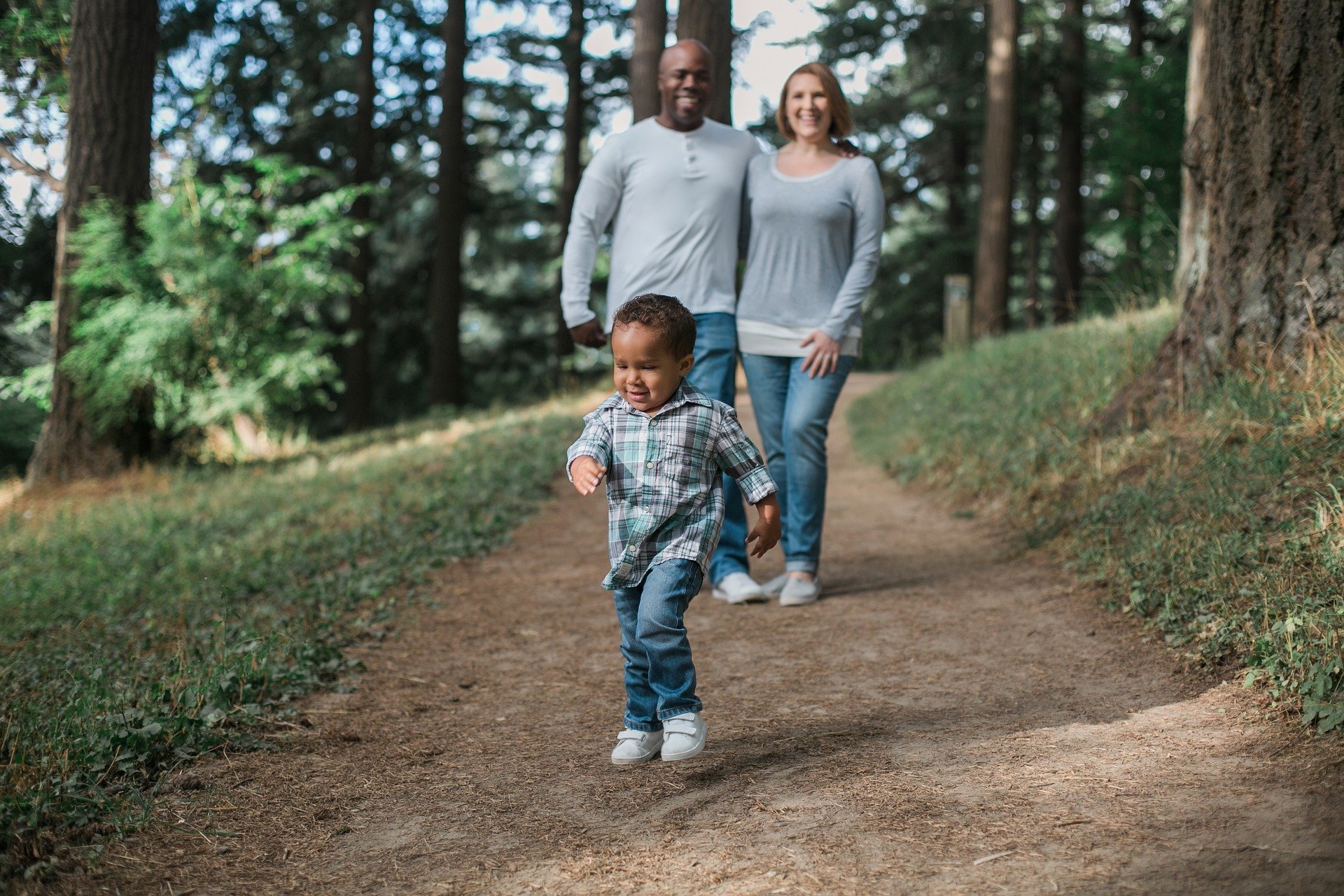
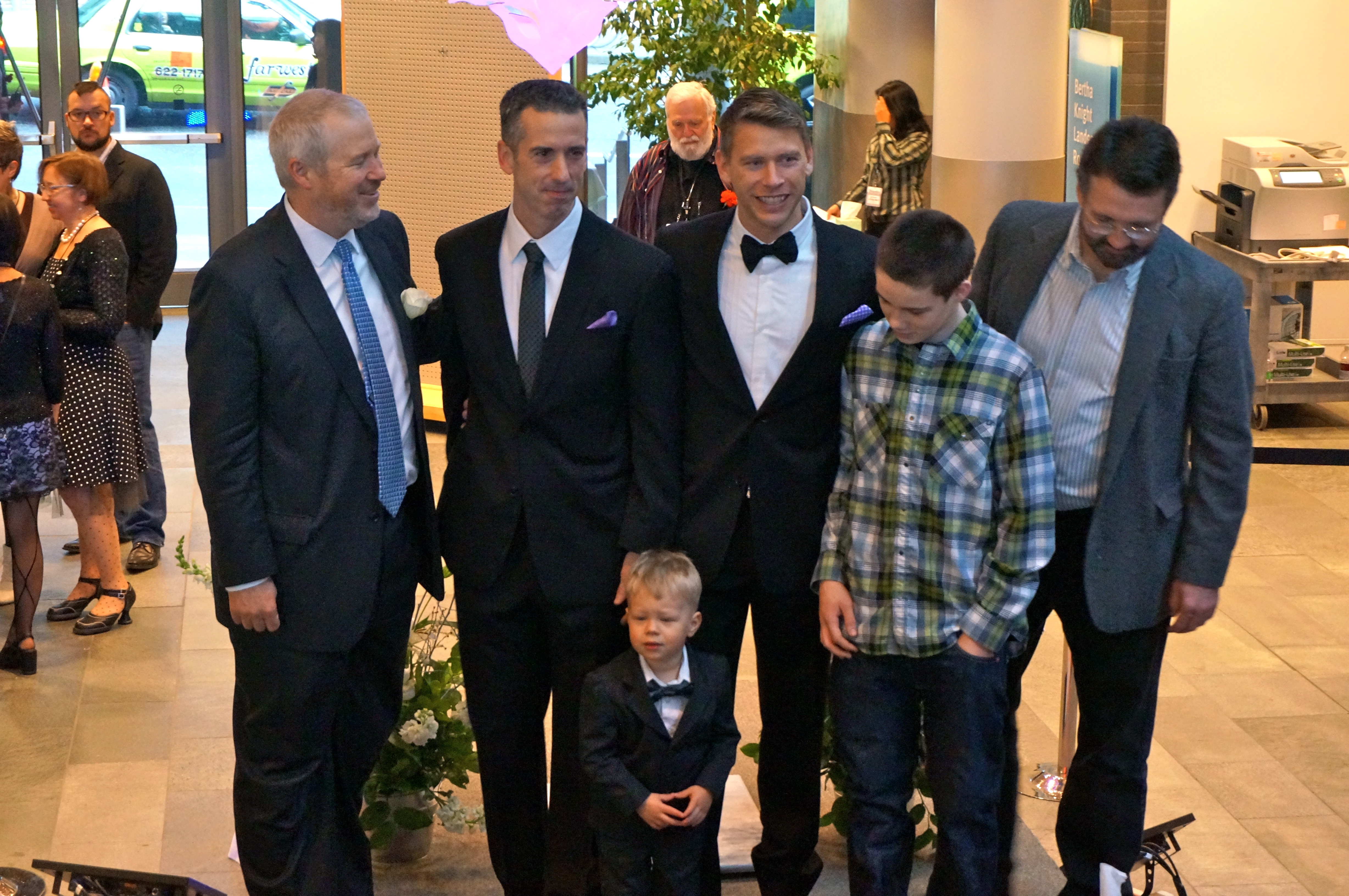
El núcleo familiar
| el padre | father |
| la madre | mother |
| el hermano | brother |
| la hermana | sister |
| el esposo | husband |
| la esposa | wife |
| la pareja | partner |
| el hijo | son |
| la hija | daughter |
| el padrastro | stepfather |
| la madrastra | stepmother |
| el hermanastro | stepbrother |
| la hermanastra | stepdaughter |
| el medio hermano | half-brother |
| la media hermana | half-sister |
| la mascota | pet |
Los parientes (Relatives)
| el tío | uncle |
| la tía | aunt |
| el sobrino | nephew |
| la sobrina | niece |
| el primo | cousin m. |
| la prima | cousin f. |
| el abuelo | grandfather |
| la abuela | grandmother |
| el suegro | father-in-law |
| la suegra | mother-in-law |
| el yerno | son-in-law |
| la nuera | daughter-in-law |
| el bisabuelo | great grandfather |
| la bisabuela | great grandmother |
Más palabras para describir la familia
| el hijo único | only child/son |
| la hija única | only daughter |
| (el/la) menor | (youngest) younger |
| (el/la) mayor | (eldest) older |
| los ancestros/los antepasados | ancestors |
Now let’s actively use our new words and expressions: Actividad 2-1. La familia de Mariana. Paso 1. The following is Mariana’s family tree. Describe each person’s relationship to Mariana. Follow the example provided. Carlos –> Carlos es el abuelo de Mariana. Paso 2. Ahora observa el árbol familiar de Mariana y decide si las oraciones a continuación son Ciertas (C) o Falsas (F). If the statements are false, explain why. Actividad 2-2. Tu árbol genealógico. Paso 1. Work with a classmate to construct each other’s family trees (real or imagined). Each partner creates the other’s tree based on the information provided by the partner. Make sure to include names and each person’s relation to your partner. While working together, try to use as much Spanish as possible. Emily –> Emily es mi hermana. Paso 2. How does your partner’s family tree compare to Mariana’s? How does it compare to your family tree? Are there any similarities? Are there any differences? If so, explain. Be ready to present your work to the rest of the class. When we describe our families in Spanish, we often use the verb ser accompanied by one or more adjectives. Below you will find a list of adjectives appropriate for describing people. Use this list to ask your partner if these adjectives describe anyone in their family. Use as much Spanish as possible and take turns asking each other about your families. E1: ¿Hay una persona simpática en tu familia? E2: Sí, mis primos son simpáticos. Se llaman Alfredo y Gloria. Cognados útiles elegante importante inteligente materialista pesimista responsable flexible independiente interesante optimista realista sentimental idealista informal liberal paciente rebelde tolerante ![]() ¡Manos a la obra!
¡Manos a la obra!
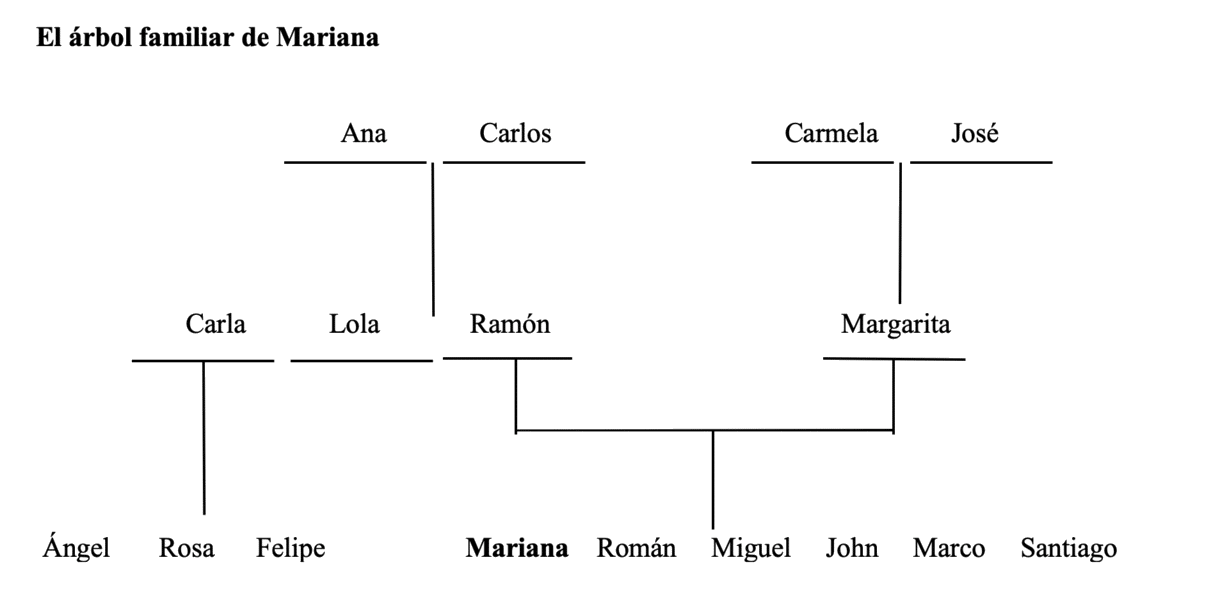
1. Los hijos de Carla son los primos de Mariana.
C
F
2. Carmela y José son los tíos de Marco.
C
F
3. Ana es la suegra de Margarita.
C
F
4. Lola es la tía de Felipe.
C
F
5. José es un pariente de Rosa.
C
F
6. Santiago es el menor de los hijos de Carla.
C
F
7. John tiene seis hermanos y dos hermanas.
C
F
8. Ramón es el yerno de José y Carmela.
C
F
9. Margarita es la hija única de sus padres.
C
F
10. Margarita es la tía de Ángel, Rosa y Felipe.
C
F
![]()
![]() Actividad 2-3. ¿Hay una persona ______ en tu familia?
Actividad 2-3. ¿Hay una persona ______ en tu familia?
admirable
arrogante
extravagante
Click on the following button to continue using your new vocabulary.
Now we’ll use our new vocabulary to learn how to talk about our possessions and how to describe our families. Let’s move to
